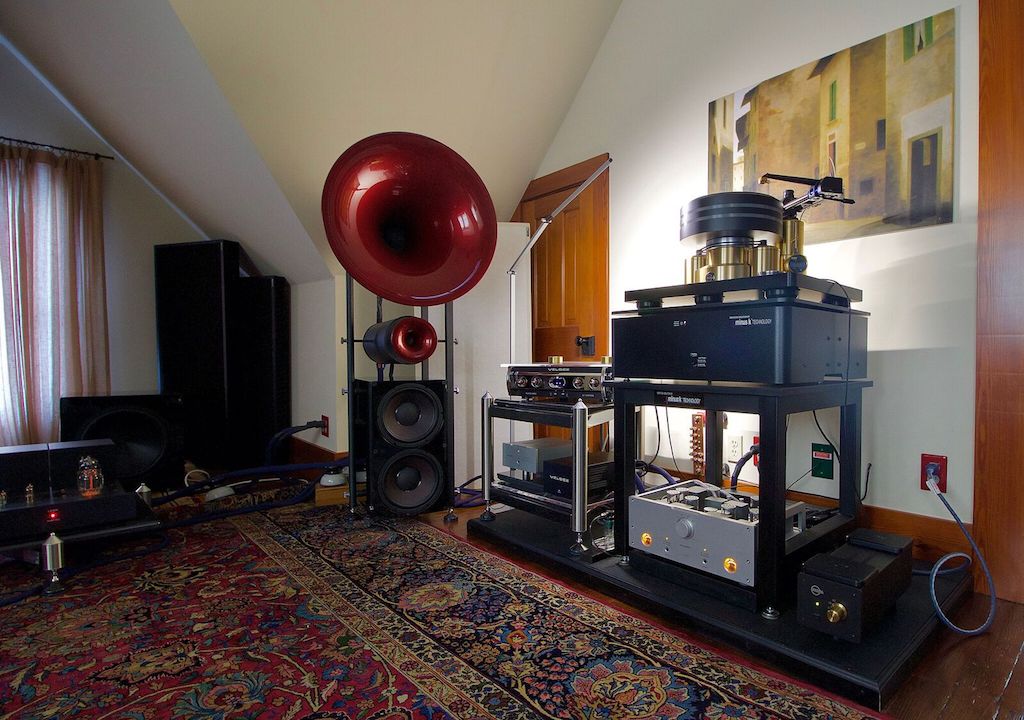I certainly don’t advocate getting all spendy on a Minus K if you can solve a footfall problem less expensively. I couldn’t for a couple reasons- one, the structure of the house- it is an 1880s landmark that was painstakingly rebuilt from the original wood (longleaf pine and shiplap) but the floors are springy and the walls could not support the weight of the table (245 lbs) even with a steel frame installed. I had a structural engineer come in to advise. Note that the room where the hi-fi is located has been modernized- downstairs is all original wainscoting, shutters, transom windows above the interior and exterior doors, elaborate door frames and pocket doors, etc.
What I did was install a subfloor beneath the front end area- made of two layers of marine ply with a barn mat on top-- thing is dead level.
The MinusK does allow you to adjust for an uneven floor but it adds another variable and to top that off, my linear tracking arm needs to see a slight tip up in the front right corner--it’s a very fine adjustment that is made by playing with the arm and watching its travel-- something a level or other measuring device would not enable me to zero in. The net result is that I can play this table without issue. Here’s what it looks like using the MinusK stand (which is also adjustable). There is an HRS platform between the Minus K and the table.




